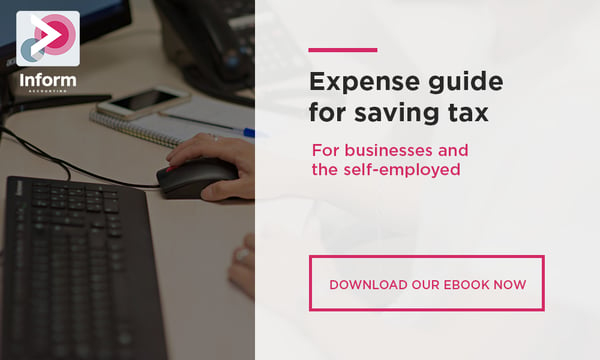BLOG
Changes to the Coronavirus Job Retention Scheme

On Friday 29th May, the Chancellor, Rishi Sunak, announced more details about the extension to the Coronavirus Job Retention Scheme (CJRS).
Here is a summary of the three major updates you need to know about:
1. As of August, you must contribute to furloughed employees’ wage costs. The level of contribution will increase each month until the scheme closes in October.
2. The current furlough scheme will close to new entrants on the 30th of June. If you want to put any new employees on furlough, you must do so by the 10th of June.
3. A new flexible furlough scheme will launch from the 1st of July. You can bring furloughed employees back on part-time hours and claim for the time your employees are not at work, to a set limit.
Flexible furloughing
From 1 July 2020, you’ll have the flexibility to bring previously furloughed employees back to work part-time – with the government continuing to pay 80% of wages for any of their normal hours they do not work up until the end of August. This flexibility comes a month earlier than previously announced to help people get back to work.
You can decide the hours and shift patterns that your employees will work on their return and you will be responsible for paying their wages in full while working. This means that employees can work as much or as little as your business needs, with no minimum time that you can furlough staff for.
Any working hours arrangement that you agree with your employee must cover at least one week and be confirmed to the employee in writing. When claiming the CJRS grant for furloughed hours, you will need to report and claim for a minimum period of a week. You can choose to make claims for longer periods such as on monthly or two weekly cycles if you prefer. You will be required to submit data on the usual hours an employee would be expected to work in a claim period and actual hours worked.
If your employees are unable to return to work, or you do not have work for them to do, they can remain on furlough and you can continue to claim the grant for their full hours under the existing rules.
Employer contributions
From August, the government grant provided through the job retention scheme will be slowly tapered.
- in June and July, the government will pay 80% of wages up to a cap of £2,500 as well as employer National Insurance (ER NICs) and pension contributions for the hours the employee doesn’t work – employers will have to pay employees for the hours they work
- in August, the government will continue to pay 80% of wages up to a cap of £2,500 but employers will pay ER NICs and pension contributions – for the average claim, this represents 5% of the gross employment costs that they would have incurred if the employee had not been furloughed
- in September, the government will pay 70% of wages up to a cap of £2,187.50 for the hours the employee does not work – employers will pay ER NICs, pension contributions and 10% of wages to make up 80% of the total up to a cap of £2,500
- in October, the government will pay 60% of wages up to a cap of £1,875 for the hours the employee does not work – employers will pay ER NICs, pension contributions and 20% of wages to make up 80% of the total up to a cap of £2,500
- the cap on the furlough grant will be proportional to the hours not worked.
If you are a smaller employer, some or all of your employer NIC bills will be covered by the Employment Allowance, so you should not be significantly impacted by that part of the tapering of the government contribution.
Around a quarter of CJRS monthly claims relate to wages that are below the threshold where employer NICs and auto enrolment contributions are due, and so no employer contribution will be required for these furloughed employees in August.
Important dates
It’s important to note that the scheme will close to new entrants from 30 June. From this point onwards, you will only be able to furlough employees that you have furloughed for a full three-week period prior to 30 June.
This means that the final date that you can furlough an employee for the first time will be 10 June for the current three-week furlough period to be completed by 30 June. Employers will have until 31 July to make any claims in respect of the period to 30 June.
Guidance and support
Further support for employers and agents on how to calculate claims with this extra flexibility will be available by 12 June, including webinars and detailed online guidance. For information about how to claim, go to GOV.UK and search 'Coronavirus Job Retention Scheme'. Please do not call HMRC for more information, everything you need to know about this scheme will be published online on GOV.UK.
Additional support on furlough and how to return to work safely can be found here.
Protect yourself from scams
Stay vigilant about scams, which may mimic government messages as a way of appearing authentic and unthreatening. Search 'scams' on GOV.UK for information on how to recognise genuine HMRC contact. You can also forward suspicious emails claiming to be from HMRC to phishing@hmrc.gov.uk and texts to 60599.
Read more of Inform's tax blogs:
Live page: Accounting advice during business disruption
It's that wonderful time of the year...for fraudsters to pray on taxpayers!
Paying yourself a salary: What are the most tax efficient options for limited company owners?
Four key cashflow issues that could cripple your business (and how to avoid them)...




.jpg?width=1500&height=1000&name=amy-hirschi-K0c8ko3e6AA-unsplash-(5).jpg)

